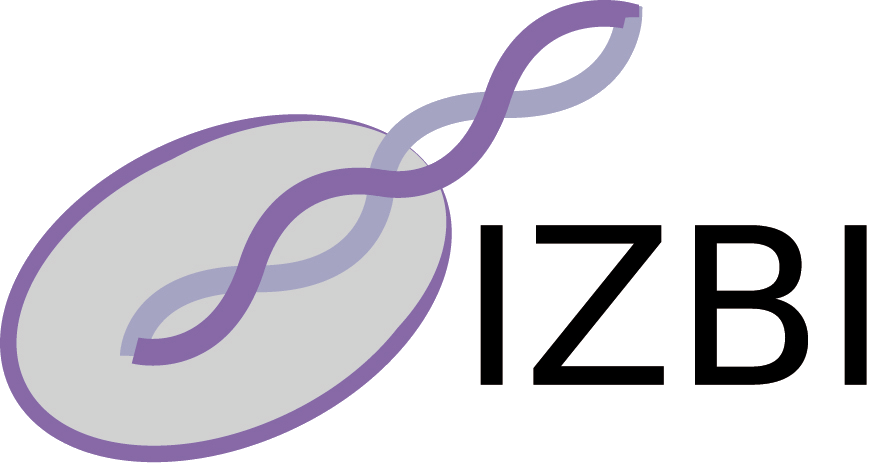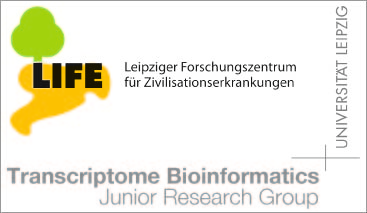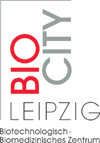Publications - Published papers
Please find below publications of our group. Currently, we list 565 papers. Some of the publications are in collaboration with the group of Sonja Prohaska and are also listed in the publication list for her individual group. Access to published papers ( ) is restricted to our local network and chosen collaborators.
If you have problems accessing electronic information, please let us know:
) is restricted to our local network and chosen collaborators.
If you have problems accessing electronic information, please let us know:
 ) is restricted to our local network and chosen collaborators.
If you have problems accessing electronic information, please let us know:
) is restricted to our local network and chosen collaborators.
If you have problems accessing electronic information, please let us know:©NOTICE: All papers are copyrighted by the authors; If you would like to use all or a portion of any paper, please contact the author.
Near Intron Positions Are Reliable Phylogenetic Markers: An Application to Holometabolous Insects
Veiko Krauss, Christian Thümmler, Franziska Georgi, Jörg Lehmann, Peter F. Stadler, Carina Eisenhardt
Download
Status: Published
Mol Biol Evol 25 (5): 821-830
Abstract
Today, the reconstruction of the organismal evolutionary tree is based mainly on molecular sequence data. However, sequence data are sometimes insufficient to reliably resolve in particular deep branches. Thus it is highly desirable to find novel, more reliable types of phylogenetic markers that can be derived from the wealth of genomic data. Here we consider the gain of introns close to older pre-existing ones. Since correct splicing is impeded by very small exons, nearby pairs of introns very rarely coexist, i.e., the gain of the new intron is nearly always associated with the loss of the old intron. Both events may even be directly connected as in cases of intron migration. Therefore, it should be possible to identify one of the introns as ancient (plesiomorphic) and the other as novel (derived or apomorphic). To test the suitability of such near intron pairs (NIPs) as a marker class for phylogenetic analysis, we undertook an analysis of the evolutionary positions of bees and wasps (Hymenoptera) and beetles (Coleoptera) in relation to moths (Lepidoptera) and dipterans (Diptera) using recently completed genome project data. By scanning 758 putatively orthologous gene structures of Apis mellifera (Hymenoptera) and Tribolium castaneum (Coleoptera), we identified 189 pairs of introns, one from each species, which are located less than 50 nt from each other. A comparison with genes from five other holometabolan and nine metazoan outgroup genomes resulted in 22 shared derived intron positions found in beetle as well as in butterflies and/or dipterans. This strongly supports a basal position of hymenopterans in the holometabolic insect tree. In addition, we found 31 and 12 intron positions apomorphic for Apis mellifera and Tribolium castaneum, respectively, which seem to represent changes inside these branches. Another 12 intron pairs indicate parallel intron gains or extraordinarily small exons. In conclusion, we show here that the analysis of phylogenetically nested, nearby intron pairs is suitable to identify evolutionarily younger intron positions and to determine their relative age, which should be of equal importance for the understanding of intron evolution and the reconstruction of the eukaryotic tree.
Keywords
intron evolution, molecular phylogenetics, near intron pair (NIP), intron gain, insect phylogeny
Note
PMID: <a href="http://www.ncbi.nlm.nih.gov/pubmed/18296416?dopt=Abstract" target="_bla">18296416</a>















